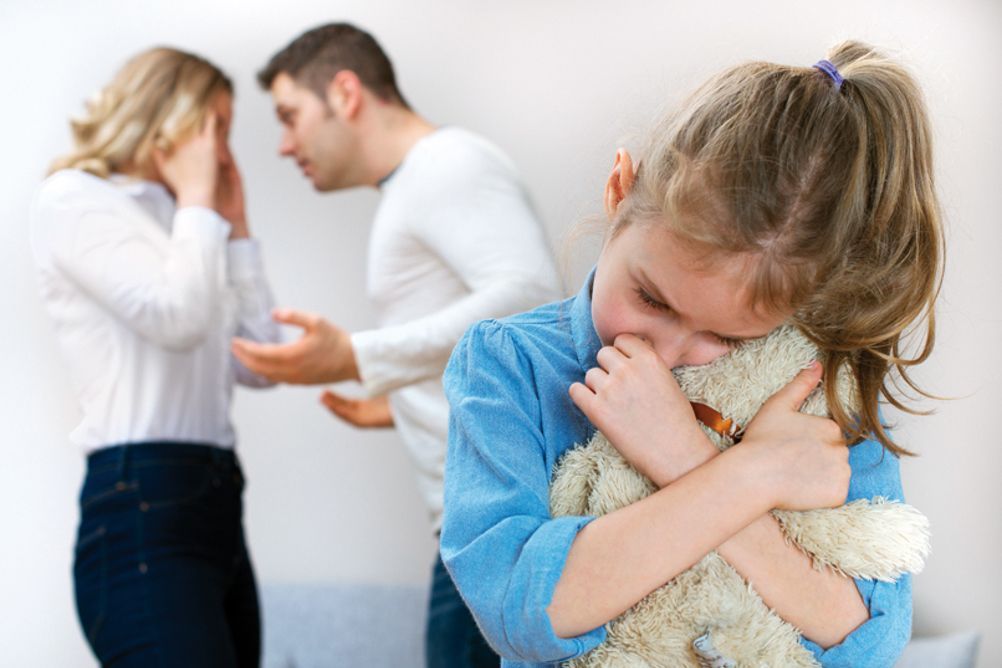Explore Our Blog
Anger & Domestic Violence – Part 1: The Connection Between Unresolved Anger and Domestic Violence
Advance Minds Blog
A safe space to explore subjects within the community such as mental health, substance abuse and personal identity.
Our safe space also provides the opportunity for real individuals to express their hardships and success through writing.
While anger is a natural emotion, when it’s unmanaged or avoided, it often turns toxic—fueling behaviors that damage relationships and, in some cases, lead to emotional or physical violence.

Why Unresolved Anger Becomes Dangerous
Anger itself isn’t the problem. It becomes a danger when it’s buried, denied, or expressed through aggression or control.
When someone grows up without learning how to handle anger in healthy ways, it can sit beneath the surface, waiting for a trigger. Instead of being expressed safely, it can come out as yelling, threats, manipulation, or violence—especially in intimate relationships.
🧠 The Role of Emotional Suppression
Many people—especially men—are taught not to show vulnerability.
They may avoid sadness, fear, or shame, only allowing themselves to feel anger.
But anger often hides deeper pain.
When someone can’t or won’t express those inner emotions, they can become reactive.
Suppressed feelings turn into explosions of rage or attempts to control others in an effort to feel safe or powerful again.
🚩 When Anger Crosses the Line
Not all anger leads to abuse, but many abusive relationships are powered by unchecked anger.
Red flags include:
- Verbal attacks or put-downs
- Destroying property during arguments
- Physical intimidation or violence
- Blaming others for one’s own outbursts
- Using fear to get control
When these patterns appear, the issue is no longer just anger—it’s about power, fear, and control.
🧍♂️ The Impact on Partners and Families
Living with someone whose anger controls the household creates a constant state of fear and tension.
Partners may feel like they’re “walking on eggshells.
” Children may grow up anxious, withdrawn, or aggressive themselves.
Emotional damage runs deep, and the effects can last a lifetime.
🛠 Learning to Address Anger Safely
There is a difference between feeling angry and being destructive.
With support, it’s possible to learn:
- How to name and understand your anger
- Techniques to self-regulate before it escalates
- How to communicate strong feelings without harm
- Where the anger really comes from
Therapy, support groups, and anger management programs offer real help—when there’s willingness to change.
💬 Accountability Is the First Step
Anger doesn’t justify abuse. Everyone has a responsibility for how they behave when angry.
Change begins when someone acknowledges the harm they’ve caused and chooses to seek help.
Excuses keep the cycle going—accountability breaks it.
🌿 Final Thoughts 💞🌈
Anger is a signal, not a weapon.
When it goes unacknowledged or unmanaged, it can destroy relationships and create cycles of fear. But when faced with honesty, vulnerability, and a desire to grow, anger can become a path to healing—not harm.
Whether you’re someone who struggles with anger or someone affected by it, support is out there—and change is possible.

















